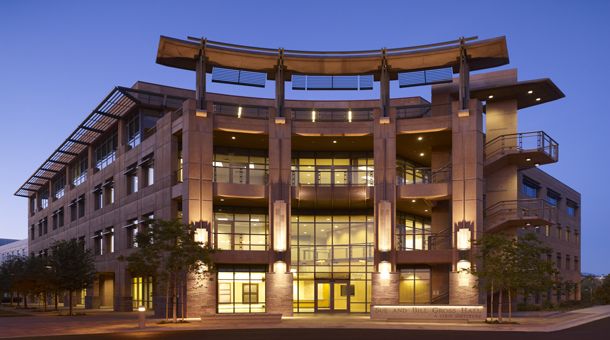Choroid plexus
The choroid plexus (ChP) may be the most important part of the brain you never heard of. Residing deep in each of the brain’s four ventricles, the ChP receives a disproportionate share of cerebral blood flow while producing 400-600 mL each day (about two cups) of cerebrospinal fluid (CSF), the fluid that circulates and bathes the central nervous system (CNS). As the nexus between peripheral blood and CSF, the ChP is a major CNS gateway for immune cells and body-brain communication. At the same time, the ChP is one of the most understudied tissues in the neurosciences. The ChP therefore offers tremendous opportunity and untapped potential for understanding the brain and for treating CNS diseases.

In the Monuki Lab, we approach human ChP biology and applications from a variety of angles. Based on our basic work, we devised and patented a technology for deriving ChP epithelial cells (CPECs) from mouse and human pluripotent stem cells (Watanabe et al., Journal of Neuroscience 2012; patent 8,748,176, issued 6/10/2014). As the major cellular effectors of ChP functions, CPECs produce the CSF, form the blood-CSF barrier, secrete CSF proteins, and detoxify the CSF and blood. Some approaches in the lab involve CPEC derivations from human stem cells for regenerative medicine applications such as developmental studies, disease modeling, and drug screens. Others take advantage of our sizeable biorepository of human ChP from across the lifespan developed in collaboration with the UCI Alzheimer’s Disease Research Center and Department of Pathology & Laboratory Medicine. Among its uses, these human samples are helpful for validating findings from the derived CPECs and for identifying novel ChP pathologies using digital imaging and artificial intelligence (machine learning). Join us as we strive to create a comprehensive regenerative medicine program focused on this unique and strategic tissue for modeling, understanding, and treating CNS diseases.

